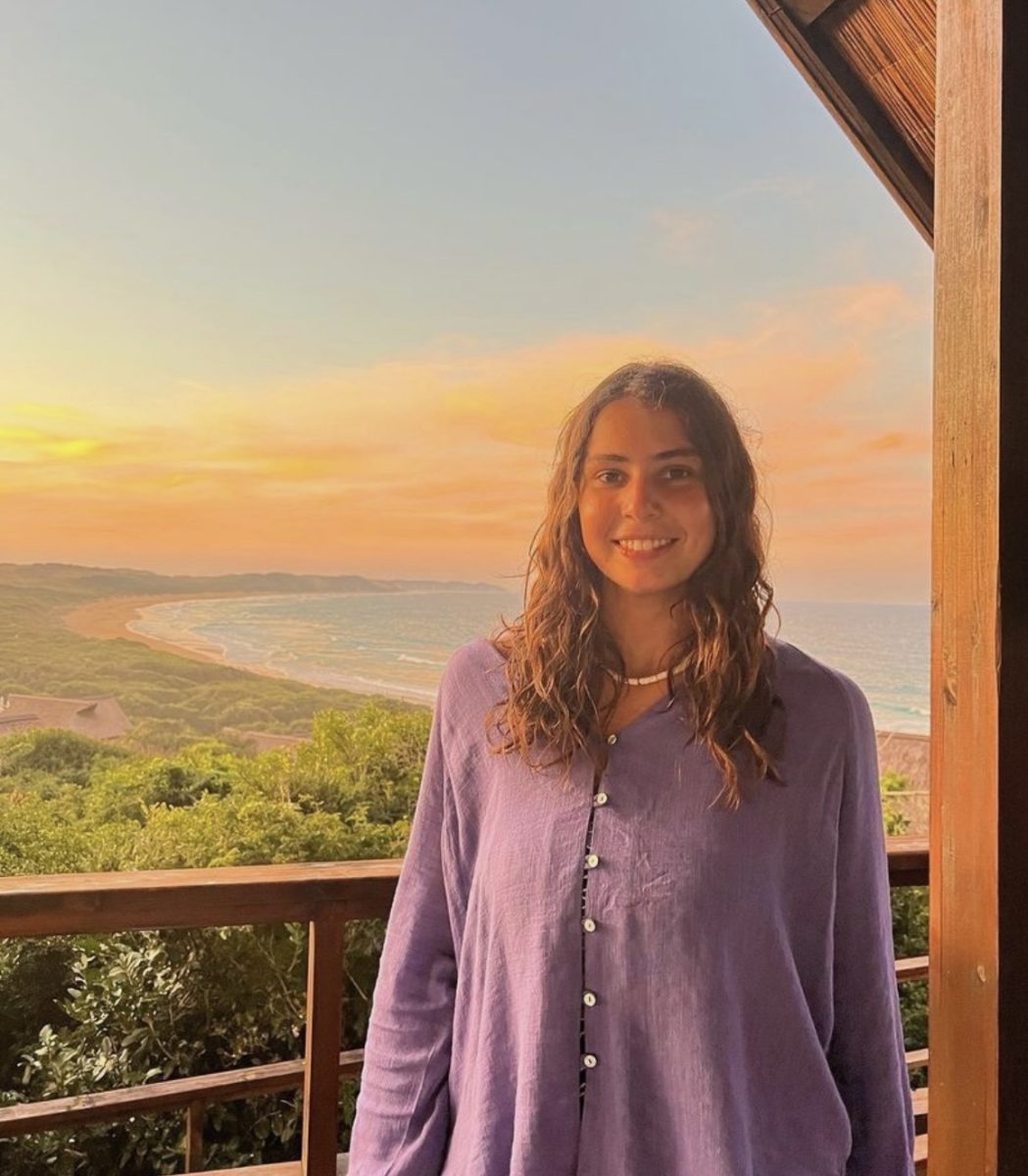Uni’s hallways are famously known for their sheer amounts of clutter from backpacks, old lunches, personal items and more. One addition to the clutter is our walls. Vivid handprints adorning almost every hallway, a mural, or even cracked paint caking the sides. If you lowered your gaze, you would typically be met with an array of tape and posters with eye-catching colors and fonts. Now, students will find the array of posters stamped with approval from administration on large bulletin boards with a dark blue background and orange borders on each floor of the building.
Students meet this policy with mixed emotions. No further explanation was officially issued after the introduction of the policy at the first day of school assembly on Aug. 15. Many faculty have stated they appreciate the sentiment of organizing the school as much as feasible. These posters now can be found on each floor’s staircase meticulously placed in the middle of each floor’s hallway respectively. These policies have been in response to the overall concern of violence in schools across the country and specifically Uni.
Along with the poster policy, other new policies have been introduced this year.
On the morning of Aug. 14, 2025, Uni students were met with an unexpected obstacle as the day went on. The north and south entrances to school, which were previously accessible to students via prox card, appeared to be malfunctioning. No students could prox into the north or south doors. Whether by word of mouth, the statement in the school preparation email, or the newly updated handbook, eventually students figured out this was not a malfunction — it was intentional.
On page 9 of Uni’s student handbook, a section entitled “Building Access” explains, “Prox card access for students at the North and South doors will be from 7:45-8:45 (entry), 11:30-12:30 (lunch), and from the end of the school day until building close.” Uni has implemented new policies this year, particularly regulatory security policies, from background checks on guest speakers to free period forms. These new rules, as student director Bridget Hughes explains, are prompted by a concern of student safety.
In the past year, unknown adults have entered the school building without authorization because a student has let them in. Ms. Hughes recounts these occurrences as pivotal points in considering new security policies, and wants to keep students from having to interact with unauthorized adults.
“I don’t want to put this on a child, to have to be like, ‘No, stranger, don’t come in,’” she said. The building access policy is meant to be used as a security measure that ensures lack of supervision is never a problem. When all doors are open—during the beginning, lunch period, and end of school—more staff is available to monitor the first floor hallway.
Ms. Hughes credits safety as a big concern for her when running an administration, and that a part of the thought process for creating new policies was “thinking about the realities of the situation that life is right now, in schools”. Between increasing rates of school shootings and incidents of adults following students inside the building, student safety has become a larger priority for schools across America, and Uni is no exception. Ms. Hughes considers safety a priority for Uni, and the staff met throughout last year to consider options for student protection. Safety issues were “something that other teachers, other staff members, noticed over the last year since I’ve been here,” Hughes said. Those meetings birthed conversations, and eventually, the new methods of organization that were implemented this year, including the door policy.
Ms. Hughes is transparent about her hand in creating new policies, welcoming any questions from students and staff alike.
“I think asking questions about things is great. It’s how we learn. It’s how we collaborate. And I think sometimes putting a policy in place allows people to know what questions to ask,” she said. Although these new policies have received mixed reception from students, the administration welcomes feedback as they work towards a safer future for the students of Uni High. Another component of student safety is background checks and fingerprinting.
The Intranet was also introduced this year to students and faculty. It is an online hub for students/faculty to access Uni resources and functions as its own personal website. The purpose of it is to protect our students/faculty’s schedules and whereabouts during the school day.
This conversation about security at its core comes down to the harsh reality of violence in America specifically in our schools. Over 6,000 school shootings have occurred in America since January 1st, 2013. As this is being written, it has been one day since the last mass shooting. A mass shooting is classified as a “single outburst of violence in which four or more people were shot”. There have been 371 American school shootings in 2025 so far.
With the implementation of new policies directed towards these threats of mass shootings, public schools have formulated drills such as ALICE, which is described by the official ALICE website as an “Active Shooter Response Training” for faculty at schools. Students are tasked with following instructions from their teachers during these drills such as going into a separate room where the door fully locks, staying silent, choosing to sit on the floor instead of chairs to prevent noise, and silencing cell phones. This is the new reality for students, as the conscientious assumption of “It wouldn’t happen here.” has been disproven time and time again.
Now the jump from poster policy, limiting door usage, and mass shootings is bleak and seem like a huge jump, but the reality is these are the types of conversations administrations across the country are having. How can we make schools safer? How can we prevent mass shootings? How do we keep our students safe? One start to that may be locking a school’s outer doors.
